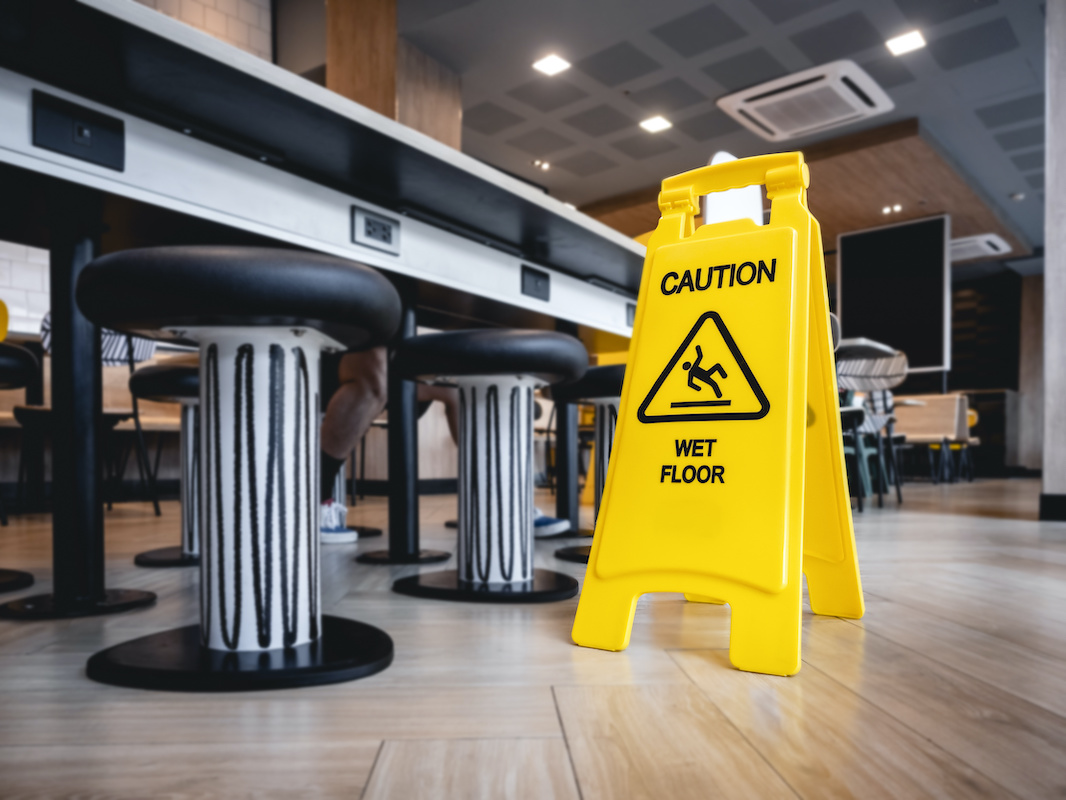Call Sales: +1 (833) 437-3835
Call Sales: +1 (833) 437-3835
Sydney Kida | January 24, 2020 |

There are many competing demands on a restaurateur’s attention. Staffing. Food quality. Customer satisfaction. Profitability. Payroll. The list goes on… Amidst so many details to monitor, it’s likely maintenance isn’t always top-of-mind until something goes wrong. But there are some simple steps operators can take to help with preventative maintenance to help catch issues before they happen.
The implementation of regularly scheduled cleaning, repairs, lubrication, and parts replacement is known as preventive maintenance. Preventive maintenance is used as a way to avoid more costly, reactive, or breakdown maintenance processes. While there are many ways that a proactive maintenance plan can decrease costs and increase revenues, the five most important ways are:
Running your restaurant using a breakdown or reactive maintenance strategy will inevitably lead to costly emergency repairs. Imagine a crucial piece of equipment, like your grill, stops working suddenly. To be able to handle customer orders again it needs immediate repair. Often restaurants in this situation will have to close their doors for hours, if not days, losing out on thousands of dollars of revenue.
When you add these lost sales to the cost of emergency repairs and possible express shipping of spare parts, avoiding proactive maintenance tasks quickly becomes expensive. Implementing a preventive strategy can have a high initial cost. However, it allows you to budget for maintenance rather than having to face a high repair bill for an unexpected equipment breakdown.
Proper preventative maintenance will add years to the life of your restaurant’s various systems and equipment. For a few minutes a week, take time to brush out the condenser coils of your walk-in refrigeration unit or regularly replace HVAC system air filters. These quick actions will help your equipment operate at like-new efficiency. Increased efficiency will not only keep food quality high but allow for the addition of more useful years of life. This means that instead of replacing your commercial refrigerator in ten years, you can wait until you’re celebrating your 20th year in business. Imagine saving over $10,000 by spending less than an hour of labor cost per week every ten years. Multiply that savings for every high-valued piece of equipment you have!
Another way preventative maintenance plans improve your bottom line is by reducing energy expenses. While there are many energy-efficient models of equipment and systems available, usually they are only as efficient as their system is healthy. According to energystar.gov dirty central air conditioning coils will reduce the system’s ability to cool. This reduction will not only reduce the lifespan of the equipment; it will cause the system to run longer to do the same amount of cooling as it once did when it was clean.
No matter how energy efficient your model may be, longer run times mean a higher power bill. This, of course, extends to other equipment. Badly maintained ovens may not have correctly calibrated thermostats, meaning that a dish that used to take an hour to cook may now take an extra 30 minutes. Don’t let your power and gas bills rise on you. Take the time to provide regularly scheduled maintenance and avoid rising energy costs.
Cleaning is part of maintaining many sources of equipment. It is also part of servicing your pest control procedures. By keeping your restaurant clean through proper maintenance, you can avoid health code violations that can be costly to your revenue stream in more ways than one.
For example, should you fail to properly manage the grease build-up on your grill, you could attract rodents and other pests. This would cause a serious health code violation and possible shutdown while it is being remedied. Immediately this will stop all sales and it will also tarnish your reputation reducing future sales. However, pests aren’t the only problem badly-controlled grease can bring. A grease fire can damage your equipment, and worse still, it can hurt an employee. Restaurant hygiene can be greatly improved with a preventative maintenance plan.
A clean, efficient, and well-maintained space plays a significant role in building the brand image of a restaurant. Customers want good food. The only way to give that to them is to have a restaurant with properly functioning equipment. If a crucial piece of equipment for your restaurant goes down, like a deep fryer that accounts for half of your menu, your customers will be dissatisfied. They may leave a negative review on Yelp or Google because they couldn’t order a certain food item. However, if all your equipment is reliable, you can focus on providing awesome customer service and great food to your customers. Do this and increase repeat customer visits.
The important thing to remember about preventive maintenance is that while it may take some time to implement, most of the smaller tasks can be completed as part of daily side work. You can easily incorporate a preventive maintenance strategy into your restaurant without an exponential increase in labor costs. The return-on-investment of a preventive maintenance strategy will certainly be positive in the long run compared to a reactive maintenance strategy.
Warren Wu has years of restaurant experience from being a waiter at Common Theory Public House in San Diego, California. He now leads growth for UpKeep, a software company that helps companies streamline their maintenance.